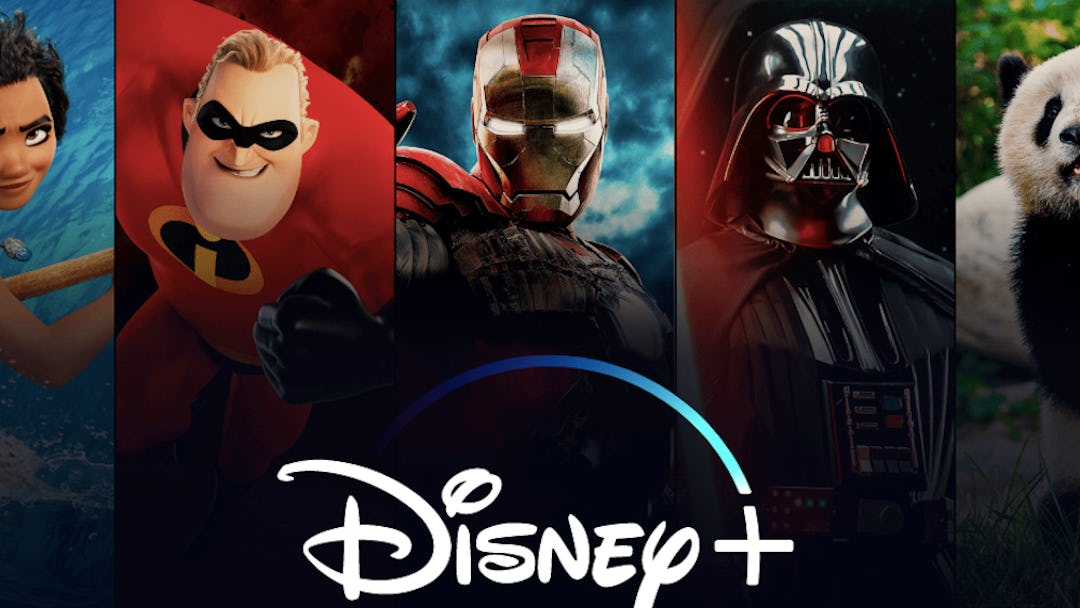And, like that, it’s all there. Tuesday brought the launch of Disney+, the cultural behemoth’s long-promised, much-hyped streaming service – delivering, well, most of the feature films, TV movies, and shows from the company’s decades-long reign. They’ve got your Bambi and your Cinderella, your Snow White and Little Mermaid, your Iron Man and your Star Wars. And though there are a few noteworthy exclusions (some due to existing deals, some due to shifts in cultural sensitivity, some inexplicable), the “here’s everything!” nature of the Disney+ dump, as underscored by the massive Twitter thread last month that unveiled the full scope of the streaming library, seems admirable (even aspirational) in the current streaming environment.
Take, as your counterpoint, next spring’s HBOMax, which will reportedly include a “curated classics collection” of, rumor has it, about 1800 movies – many of them not exactly hard to find. Considering the thousands of movies readily available to the AT&T-owned service (the vast libraries of Warner Brothers, MGM, RKO, and others, much of which disappeared when the communications giant unceremoniously pulled the plug on FilmStruck last year), that’s a shameful pittance.
Those full libraries, were they to be made available, would tell an entire story about the history of Hollywood. And to be sure, the Disney+ library tells a story, too. In fact, it tells many different stories, to many different people.
The titles they want you to talk about – the ones spotlighted in the press around the service, the ones that got the most RTs and QTs in that October data dump – are the classics, the marquee titles, the films we think of when we think of Disney. The specific movie that means may vary with age; a tech-savvy boomer may look forward to sharing the animated classics of their youth with the grandkids, while a contemporary kid begging their parents to add it on may go straight to the Marvel or Star Wars properties.
But the movies that caught my eye, as a child of the video store era, were the ones everyone’s forgotten about. The ‘70s Don Knotts and Dean Jones vehicles, the ‘90s Disney Channel originals, the 2000s direct-to-video sequels – these all lined our shelves at Blockbuster and Hollywood, perched eagerly to serve the same purpose as the various forgotten animal features and westerns of the '50s and ‘60s. They were babysitters, fodder for exhausted parents to snooze through during Saturday matinees at the local cinema, or lazy Sunday mornings in front of the television.
And Disney+ is, in a way, the purest realization of this element of the company’s profile. When it started in the 1920s, every release from Walt Disney Productions was hand-crafted, formulated by the studio’s namesake; once they began making feature films in the late 1930s, they still only released one to two films per year. But as the decades passed, Disney adopted a Henry Ford-style assembly-line method of production, similar to the other movie studios of the time – and have maintained it long after the end of the so-called “studio era.” To put it in the most contemporary of terms, Disney is and always has been a content factory, ruthlessly and consciously applying proven formulas to all of its product. That’s why the story beats in the animated features have barely varied over something like eighty years; it’s why so many of the live-action programmers are virtually indistinguishable; it’s why it was so easy for the studio to churn out remake/sequels to their biggest hits, for pennies on the dollar.
No one has been mass-producing content for as long as Disney has, nor as efficiently. And that, it seems safe to bet, is why they’re the first real threat we’ve seen to Netflix’s domination in the streaming sphere.
